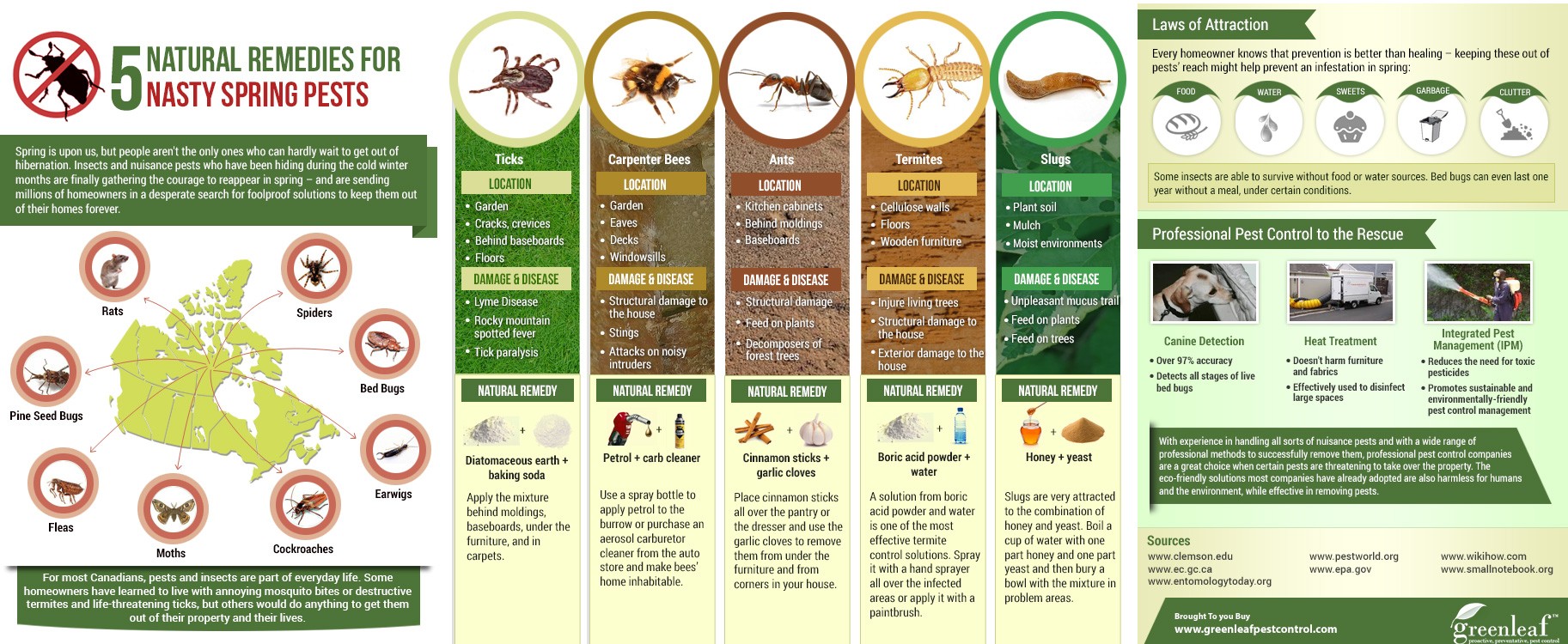Rodent-Proofing Your Attic: Vital Tips For Homeowners
Rodent-Proofing Your Attic: Vital Tips For Homeowners
Blog Article
Writer-Britt Snedker
Envision your attic room as a cozy Airbnb for rats, with insulation as fluffy as resort pillows and wiring extra luring than room solution. Currently, imagine these undesirable visitors tossing a wild party in your home while you're away. As a homeowner, ensuring your attic is rodent-proof is not almost peace of mind; it has to do with safeguarding your building and loved ones. So, what easy actions can you require to protect your sanctuary from these furry intruders?
Inspect for Entry Things
To begin rodent-proofing your attic room, inspect for access factors. Start by meticulously analyzing the exterior of your home, seeking any kind of openings that rodents might utilize to get to your attic. Look for voids around utility lines, vents, and pipes, along with any kind of splits or holes in the foundation or siding. Make certain to pay very close attention to locations where different building materials fulfill, as these prevail entrance points for rats.
Additionally, evaluate the roofing for any harmed or missing tiles, as well as any type of gaps around the sides where rats can squeeze via. Inside the attic room, look for indicators of existing rodent task such as droppings, ate cables, or nesting materials. Use sweet ant killer to thoroughly inspect dark edges and hidden rooms.
Seal Cracks and Gaps
Examine your attic thoroughly for any fractures and gaps that require to be secured to stop rodents from going into. Rats can squeeze with even the tiniest openings, so it's crucial to secure any kind of potential access points. Check around pipes, vents, cable televisions, and where the walls meet the roofing system. Make use of a combination of steel wool and caulking to seal these openings effectively. Steel woollen is a superb deterrent as rodents can't eat with it. Ensure that get rid of mosquitoes are tightly sealed to deny access to undesirable bugs.
Do not overlook the importance of sealing gaps around doors and windows also. Use weather stripping or door moves to secure these areas successfully. Evaluate the locations where energy lines enter the attic room and seal them off utilizing an appropriate sealant. By putting in the time to secure all splits and voids in your attic room, you develop an obstacle that rats will find difficult to breach. Avoidance is type in rodent-proofing your attic room, so be complete in your efforts to seal off any potential entrance factors.
Get Rid Of Food Sources
Take aggressive actions to remove or save all potential food resources in your attic room to prevent rats from infesting the room. Rodents are attracted to food, so eliminating their food sources is crucial in maintaining them out of your attic.
Right here's what you can do:
1. ** Shop food securely **: Prevent leaving any type of food things in the attic. Store all food in airtight containers made from steel or heavy-duty plastic to avoid rats from accessing them.
2. ** Clean up debris **: Get rid of any type of stacks of debris, such as old newspapers, cardboard boxes, or timber scraps, that rodents could use as nesting product or food sources. Maintain the attic room clutter-free to make it less enticing to rats.
3. ** Dispose of waste properly **: If you use your attic for storage and have rubbish or waste up there, see to it to dispose of it on a regular basis and correctly. Decaying ant treatment for lawns can bring in rats, so keep the attic room clean and devoid of any kind of organic waste.
Verdict
To conclude, keep in mind that an ounce of avoidance is worth a pound of cure when it concerns rodent-proofing your attic.
By taking the time to inspect for access factors, seal fractures and gaps, and remove food resources, you can maintain unwanted insects away.
Keep in mind, 'An ounce of avoidance is worth a pound of cure' - Benjamin Franklin.
Stay positive and safeguard your home from rodent infestations.
